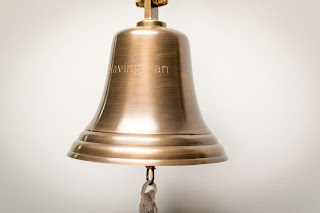A large number of people will see a physical therapist for the first time after an illness, injury or surgery. They will often be in pain with limited mobility and strength. It is often assumed that the patient wants to get better and that this is sufficient reason that will drive their self motivation to recovery.
However, when the road to recovery for physical therapy patients includes home exercises to improve range of motion and physical strength, these exercises are often never completed.
How does one overcome this hurdle?
One of the challenges is to recognize that many patients do not have a regular exercise routine. In the 2014 CDC Report on Physical Activity, 1 in 4 Americans never exercise at all and only about 50% of the national population meet the minimum aerobic exercise guidelines. Getting your patient to do their home exercises will be a process of creating a new habit.
According to experts, it takes about 21 days to form a habit. In “7 Steps to Developing a New Habit”, Brian Tracy identifies the first step as Making a Decision. This decision has to be made by the patient and not by the therapist. Asking your patients to make this decision and having them verbalize this decision and why it’s important to their health will be a big step towards home exercise compliance.
Another point to recognize is that it is better to exercise with a friend which may be why patients will do their exercises in a clinic or gym environment but not at home. The sense of accountability while they are in the clinic drives their behavior. Of course, they can’t go to the clinic everyday. To help extend accountability to their home exercises, you can help them set a time during the day when they need to do their home exercises.
Creating a fun environment can also motivate your patients to do their exercises.
One clinic that deals with a lot of young ACL surgery patients has a large bell that the patient gets to ring when they are able to bring their heel to their butt. It creates a reward mechanism for the patient and allows other patients to share goals in their recovery process.
Technology can also be used to increase patient compliance. In a recent study by the Pew Research Center, 77% of Americans now own smartphones. Smartphone home exercise program (HEP) apps can help your patients remember when to do their exercises and walk them through their exercises alleviating the burden of counting hold times, repetitions and sets. The PT-Helper mobile app will also keep track of when your patients complete their exercises providing you with the opportunity to extend accountability for your patients.
Start your Free 30-day Trial of the PT-Helper CONNECT tool for physical therapists and other therapy providers, so you too may create and prescribe HEPs that can easily be synchronized with the PT-Helper mobile app.



No comments:
Post a Comment